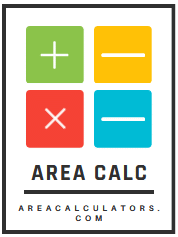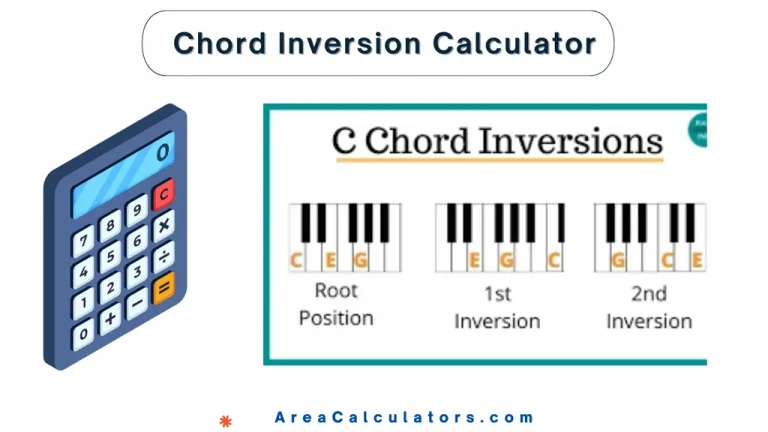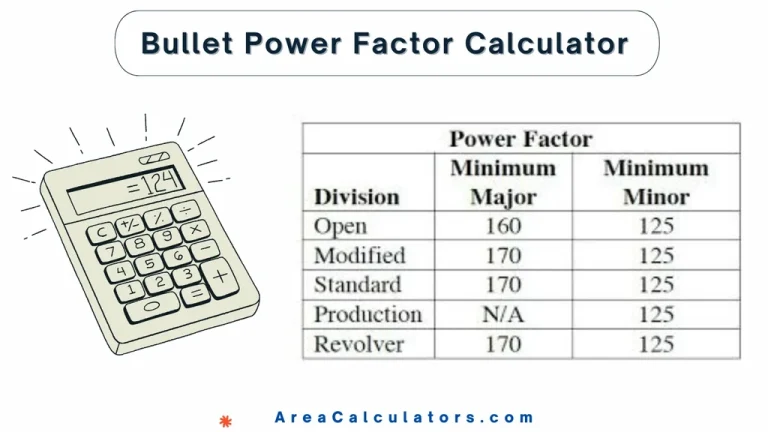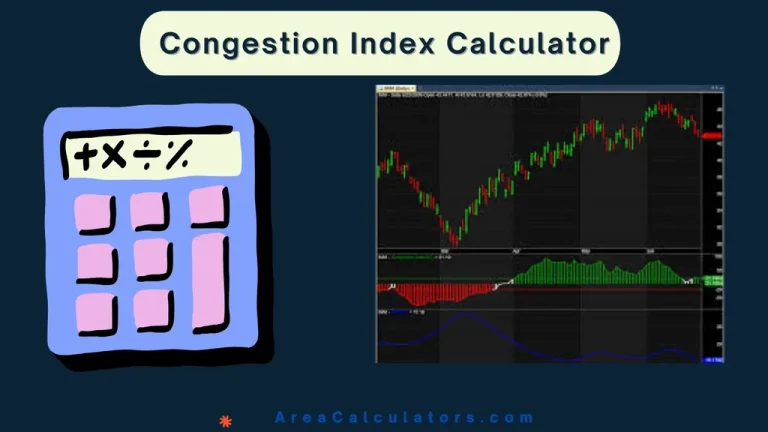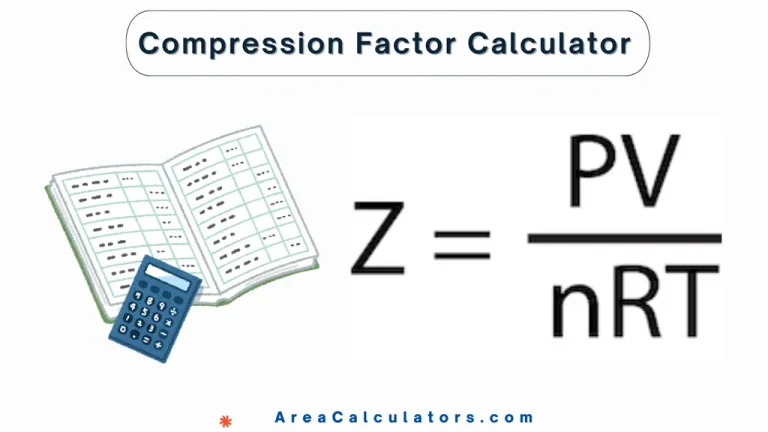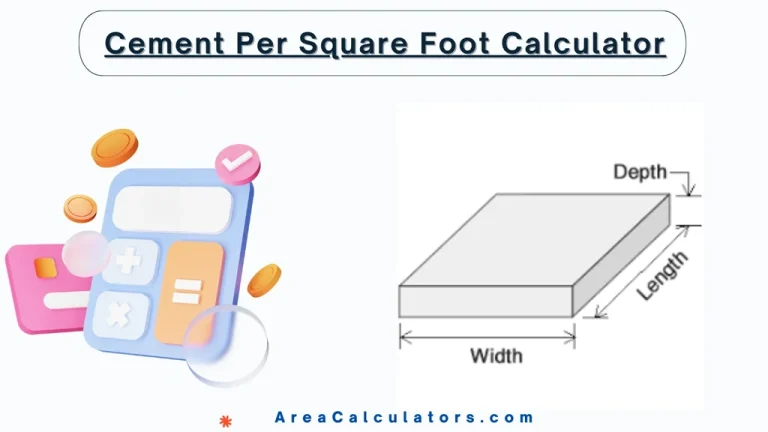Beighton Score Calculator
To calculate the Beighton Score, assess the flexibility of five joints on both sides of the body. A total score of 5 or more out of 9 indicates systemic hypermobility.
The Beighton Score Calculator is used to assess joint hypermobility, which can indicate conditions like hypermobility syndrome or Ehlers-Danlos syndrome. The Beighton scoring system evaluates the flexibility of major joints in the body, focusing on the ability to perform specific movements that demonstrate joint hypermobility.
A score of 5 or more suggests a higher likelihood of systemic hypermobility. This test is widely used by healthcare professionals to diagnose hypermobility-related conditions.
Formula:
A total score of 5 or more out of 9 indicates systemic hypermobility.
| Beighton Score Test | Score |
|---|---|
| Flexion of the fifth finger beyond 90° | 1 point for each hand |
| Hyperextension of the elbow beyond 10° | 1 point for each elbow |
| Ability to touch the floor with palms | 1 point |
| Hyperextension of the knees beyond 10° | 1 point for each knee |
| Flexion of the thumb to the forearm | 1 point for each hand |
Solved Calculation:
Example 1:
| Joint Test | Calculation |
|---|---|
| Right fifth finger flexion beyond 90° | 1 point |
| Left fifth finger flexion beyond 90° | 1 point |
| Right elbow hyperextension | 1 point |
| Left elbow hyperextension | 1 point |
| Can touch floor with palms | 1 point |
| Total Beighton Score | 5 points |
Answer: A Beighton score of 5/9 indicates systemic hypermobility.
Example 2:
| Joint Test | Calculation |
|---|---|
| Right fifth finger flexion beyond 90° | 1 point |
| Left fifth finger flexion beyond 90° | 1 point |
| Right thumb to forearm | 1 point |
| Left thumb to forearm | 1 point |
| Can touch floor with palms | 1 point |
| Total Beighton Score | 5 points |
Answer: A Beighton score of 5/9 also indicates systemic hypermobility.
What is Beighton Score Calculator?
The Beighton Score is a simple test used to assess joint hypermobility. It evaluates flexibility in various joints, assigning points for specific movements, with a maximum score of 9. The higher the score, the more hypermobile a person is.
The Beighton Score is calculated by testing flexibility in different parts of the body:
- 1 point for touching the floor with the palms while keeping legs straight.
- 1 point each for elbow hyperextension beyond 10° (right and left).
- 1 point each for knee hyperextension beyond 10° (right and left).
- 1 point each for bending the thumb back to touch the forearm (right and left).
- 1 point each for bending the little finger back beyond 90° (right and left).
For example, a Beighton score of 7/9 indicates significant joint hypermobility, which can be associated with conditions like hypermobile Ehlers-Danlos Syndrome. The score is often used alongside other clinical assessments to diagnose joint hypermobility syndrome.
Final Words:
A positive Beighton score typically ranges from 4-9 out of 9, depending on the criteria used. The score is valid for children and adults, though hypermobility tends to decrease with age.
